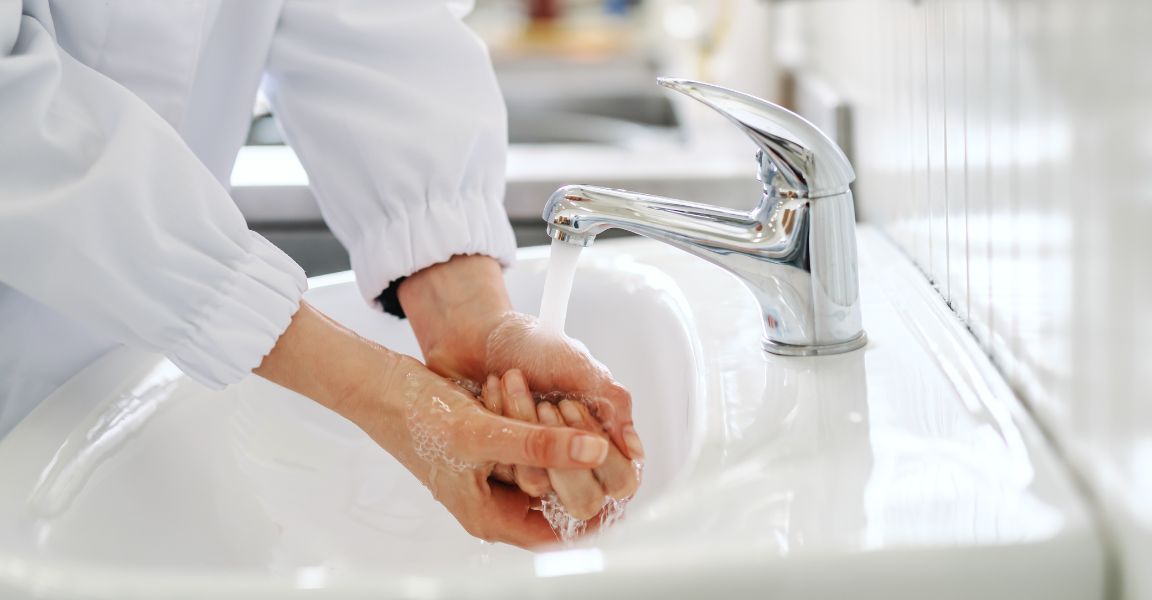[su_note note_color=”#ffe3e6″]This post contains affiliate links. Affiliate disclosure: As an Amazon Associate, we may earn commissions from qualifying purchases from Amazon.com and other Amazon websites.[/su_note]
The dangers of foodborne illnesses are always present in the culinary world, posing significant health risks to consumers and potential legal and financial repercussions for businesses. As a restaurant owner, it is imperative to prioritize food safety at every stage of your operations, from sourcing ingredients to serving dishes.
Implementing rigorous safety protocols is more than a regulatory requirement—it’s a crucial aspect of customer care. Learning and understanding how to prevent food poisoning incidents in your restaurant will help you maintain high standards and create an environment where customers can dine with peace of mind.
Ladle of Contents
Emphasize Hygiene Practices
Basic hygiene practices are the first line of defense against food poisoning. It is critical to implement strict handwashing policies for all staff members, especially those handling food directly. Regular handwashing with soap and hot water can significantly reduce the spread of bacteria and viruses. Kitchen staff must always wear gloves and hairnets to minimize contamination.
Proper Food Storage
Storing food at the correct temperature is paramount to prevent the growth of pathogens. Refrigerate meats, dairy, and seafood immediately upon delivery and keep them at temperatures below 40°F (4°C). Store dry goods and produce in cool, dry areas to prevent spoilage. Implement a first-in, first-out inventory system to ensure the use of older stock before newer items.
Avoid Cross-Contamination
Cross-contamination is one of the common causes of E. Coli outbreaks in restaurants, which poses a serious health risk. It happens when bacteria from one food item transfers to another, often through shared utensils, cutting boards, or direct contact. Use separate equipment for meats and vegetables, and never allow cooked food to come into contact with raw produce or meat.
Ensure Thorough Cooking
Undercooking can leave harmful pathogens intact, so ensuring food reaches the proper temperature is essential for safety. Use food thermometers to verify that meats reach the appropriate temperature to kill bacteria such as salmonella and E. coli. Cook all poultry to at least 165°F (75°C), ground meats to 160°F (71°C), and beef steaks to at least 145°F (63°C) for medium-rare.
Regular Staff Training
Your staff should be knowledgeable and comfortable with food safety protocols. Regular training sessions can keep everyone up-to-date on the latest health guidelines and procedures. From dishwashing to food preparation, every staff member plays a role in maintaining a food-safe environment. They should all understand the signs of food spoilage, proper cleaning techniques, and the importance of preventing cross-contamination.
By implementing these measures to prevent food poisoning in your restaurant, you can ensure the well-being of your customers and the success of your business. No precautions are too small to create an environment where every customer feels safe, valued, and happy.



